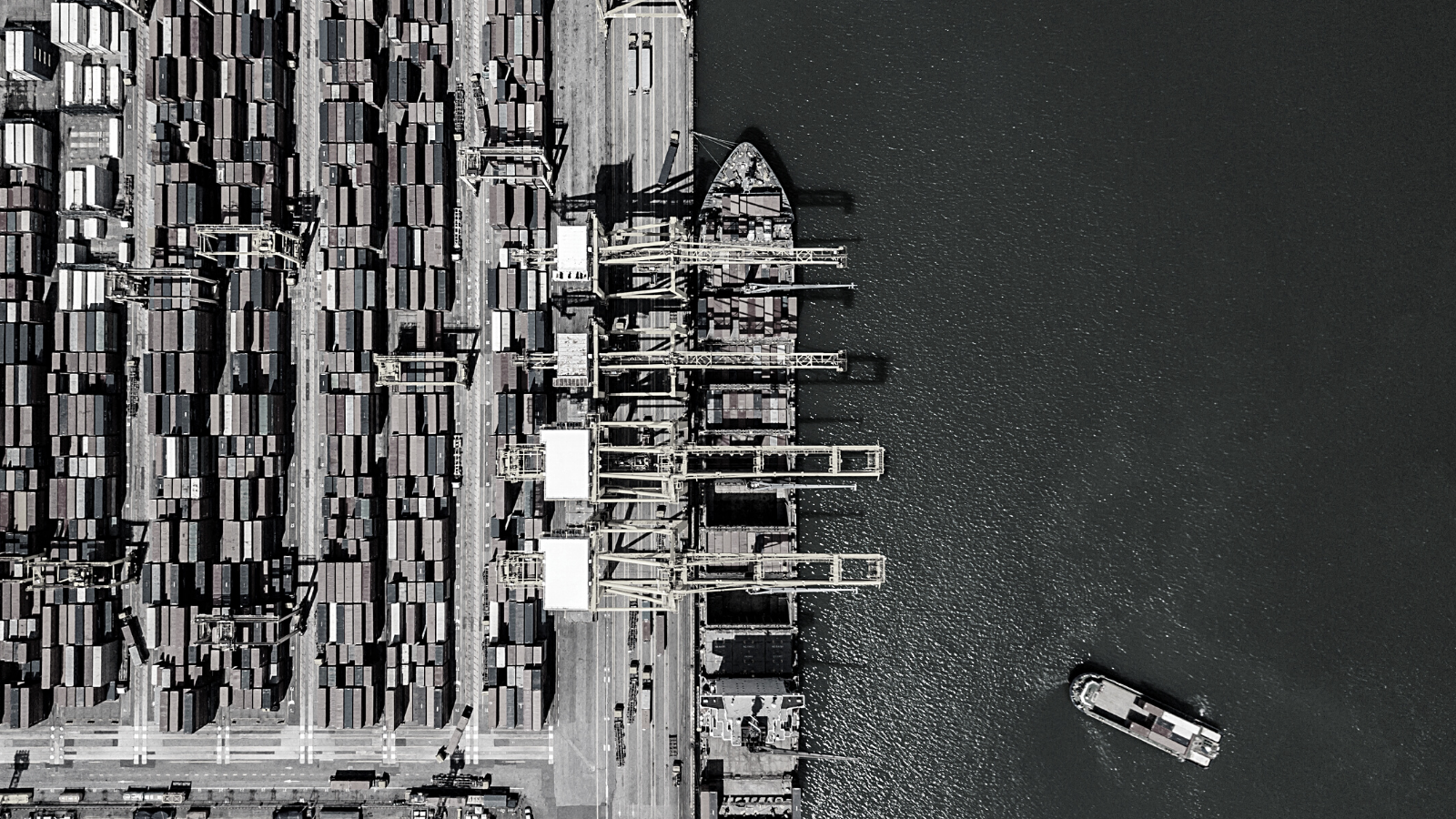In a pre-pandemic world, QR codes were long forgotten. After nearly vanishing into obscurity, the QR code is back — and not just on restaurant tables. QR codes are making waves in the retail space, providing opportunities to learn about brands, find coupons, and make payments.
The history of the QR code
The QR code was brought to life in 1994 by Masahiro Hara of the Japanese company, Denso Wave. The QR or “quick response” code system was originally designed to track vehicles during manufacturing but, in later decades, grew to do so much more.
In the 2010s, QR codes had their heyday in marketing, but consumers needed specific apps installed on their smartphones to read them. Thankfully, Apple embedded a QR reader into its iPhone 11, which quickly became a norm. By 2020, QR codes could be read by nearly every smartphone.
That year, QR codes solidified as commonplace when the COVID-19 pandemic shook the globe. Restaurant goers and consumers didn’t want to touch business materials, so the QR code served as a hands-free communicator. In the following year, QR code usage increased by 50%.
Now that consumers are comfortable with QR, brands are learning how to best take advantage of the tool.
How brands are leveraging QR today
It’s no surprise that companies from household names like Nike, Levi’s, Loreal, Amazon, Ikea, and Zara — to luxury brands Louis Vuitton and Balenciaga — are hopping on the QR code train to keep up with consumer trends.
These days, the use of QR codes extends so far past its original traceability origins as brands get creative with the technology. From reducing paper consumption and printing costs to converting products into walking storytelling machines, marketers and designers are rejoicing in its resurgence.
Having the ability to update QR codes on the fly and keep consumer communication top of mind is where smart marketers and forward-thinking brands are investing their resources. Today, brands are using QR codes to:
- Track effectiveness of out of home advertising
- Communicate with customers at point of browse and purchase via custom hang tags for clothing
- Promote messaging on websites, social media posts and profiles
- Run VIP, coupon, and/or loyalty programs
- Enhance and track in-store and window displays
- Transform e-commerce packaging (especially subscription box packaging) to mobile marketing billboards.
QR codes are enabling supply chain transparency and elevating sustainability practices like never before
In 2024, companies are facing new expectations of transparency and communication — and the QR code serves as the mechanism to keep up. As Europe calls for the implementation of digital product passports and California pushes for increased circularity, the QR code is an important way for brands to reach their customers.
Take sustainable clothing brand Pangaia. In a smart move to amplify its brand ethos, Pangaia created digital passports via QR codes for its apparel, enabling customers to follow the full journey of the garments they own — and what to do with the garment when they’re ready to dispose of it.
The digital product passport isn’t only attractive to consumers. The QR-powered passport puts Pangaia ahead of the curve with impending sustainability regulations.
If you’re thinking of trying QR code marketing to highlight your supply chain transparency and sustainability efforts, here’s how to do it the right way:
- Pay attention to emerging regulations to make sure you’re checking all the compliance boxes
- Print your QR code tag on sustainable and eco-friendly labels
- Recycled paper hang tags are usually a better option than compostable or biodegradable labels — most biodegradable or compostable labels require specific processes or equipment to break down, negating their benefits.
- Use In-Plant printing options in DCs and factories so you can quickly adapt to changes in pricing or messaging based on current sell-through, without having to waste current materials.
- Include information on garment recycling or disposal within your digital product passport.
Sustainability, transparency, and circularity are only growing more important, and digital tools like QR codes are the next frontier for businesses staying on the cutting edge of environmental action. To learn more about leveraging QR codes and digital passports in your marketing, reach out to a member of our team.
We can’t wait to get started.
.png)

